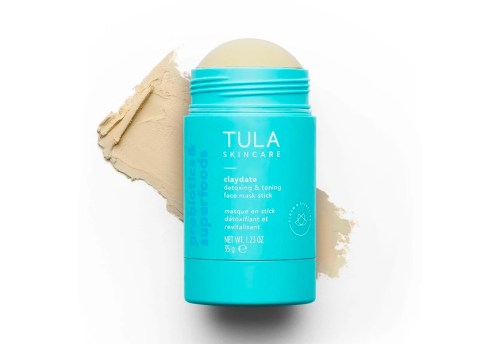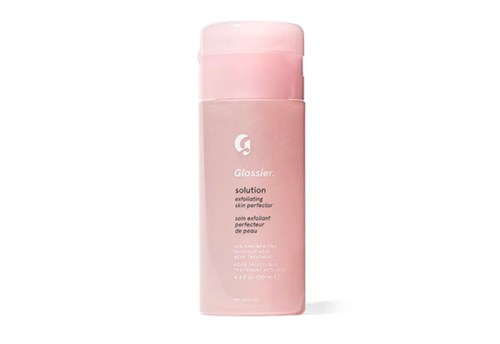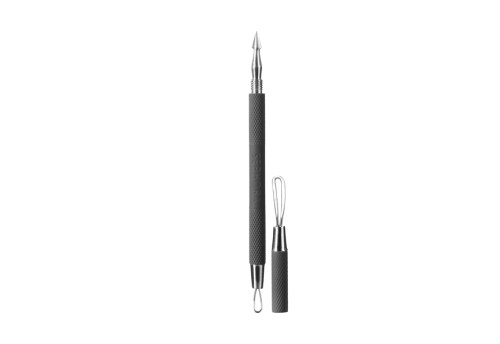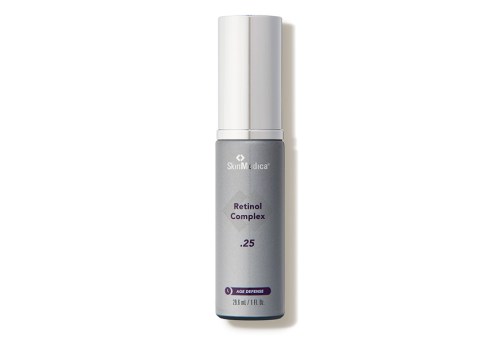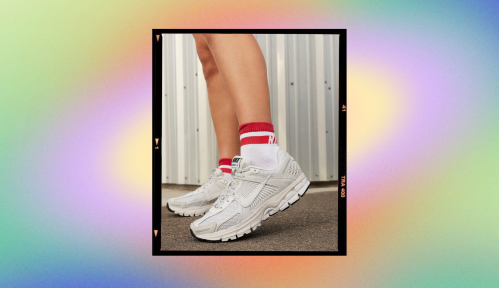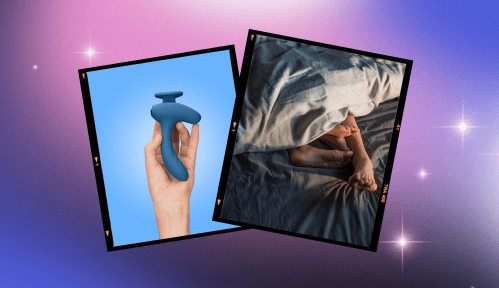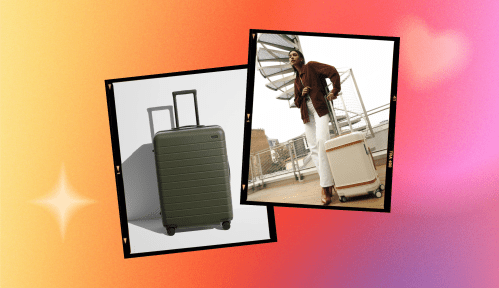Our editors independently select these products. Making a purchase through our links may earn Well+Good a commission
“Don’t pop your pimples” is among the golden rules of skin care. Any facialist, dermatologist, or beauty editor (hi) will tell you to avoid the temptation to squeeze your whiteheads at all costs. But when it comes to blackheads extractions, the rules aren’t so cut and dry.
Experts in This Article
board-certified dermatologist at Dermatology Physicians of Connecticut and associate clinical professor in dermatology at Yale School of Medicine
According to board-certified dermatologist Mona Gohara, MD, extracting your blackheads at-home is actually fine… as long as you’re doing it the right way. Admittedly, there are a lot of misconceptions out there about blackheads, which can make figuring out how to get rid of them a complicated undertaking. Exhibit A: Contrary to popular belief, they aren’t technically pimples…or dirt. They’re actually tiny pores, known as “open comedones,” that get filled up with oil and dead skin cells, and oxidize (or in layman’s terms, turn black when they hit the air).
Clearing away blackheads is a multi-step process that requires using the proper cleanser, regular exfoliation, a solid retinol regimen, and—yup—extractions. “One of the most important ways to get rid of blackheads is to extract them out,” says Dr. Gohara. “I’m not giving you the carte blanche to go at them with your nails, but I definitely think there are ways we need to extract blackheads.” She’s a fan of using at-home comedone extractors, like this one, or procedures like chemical peels, which use acids to clear away the dead skin cells that cause blackheads, or hydrafacials and microdermabrasion, which literally suck them out of your complexion.
One blackhead removal technique that Dr. Gohara thinks gets a little bit too much credit? Pore strips. “I’m not mad at nose strips, but they’re not my favorite thing in the world,” says Dr. Gohara. “They make the blackhead look better for that second, but by the time the next morning rolls around, you’re back at square one.” Plus, they don’t play well with other blackhead-fighting products like alpha- and beta-hydroxy acids and retinol, which means that if you’re not careful, they my wind up ripping off your skin.
“There’s no magic bullet when it comes to blackheads,” says Dr. Gohara. “You have to commit yourself to a certain routine and procedures to help extract them.” To find out what, exactly, that is (plus the ingredients that’ll keep them from happening in the first place), press play on the video above. And stop squeezing those blackheads with your nails, yeah?
Shop blackhead removal products
Tula Claydate Detoxing & Toning Face Mask Stick — $34.00
Start off your skin-care regimen with a detoxing cleanser, which is made with clays to suck oils out of pores. We particularly like this option because it comes in a stick form, making it easy to apply to areas of the skin that are more prone to blackheads and leave it off of areas that are typically drier.
Glossier Solution — $24.00
Once your skin is clean, reach for a chemical exfoliator, like this one, made from alpha-hydroxy, beta-hydroxy, and poly-hydroxy acids. Over time, it works to dissolve the glue between cells to help exfoliate away dead skin, while simultaneously unclogging blackheads.
Sephora Collection 3-In-1 Extractor — $23.00
Then, reach for your tool like this extractor. “One of the most important ways to get rid of blackheads is to extract them out,” says Dr. Gohara. “I’m not giving you the carte blanche to go at them with your nails, but I definitely think there are ways we need to extract blackheads.”
Newsflash: You Can Wash Your Hair Every Day, According to This Haircare Brand Founder
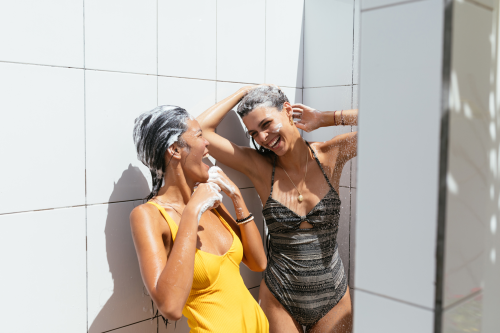
Scarlett Johansson’s Morning Skincare Routine Is All About Simplicity—Here’s How She Starts Her Days Out Right

Tons of Elizabeth Arden Skincare Finds Are on Major Sale at Walmart Right Now—Here’s What a Dermatologist Is Eyeing

SkinMedica Age Defense Retinol Complex .25 — $62.00
To treat blackheads over time, slather on a retinol in the evenings. It helps to speed up cell turnover and also helps to balance oil production, which will help reduce the number of blackheads you get in the first place.
Want more intel? Here’s all of Dr. Gohara’s advice:
Here’s everything Dr. Gohara wants you to know about dealing with acne. Plus, what to do when your combination complexion can’t make up its mind between being oily and dry.
Sign Up for Our Daily Newsletter
Get all the latest in wellness, trends, food, fitness, beauty, and more delivered right to your inbox.
Got it, you've been added to our email list.

